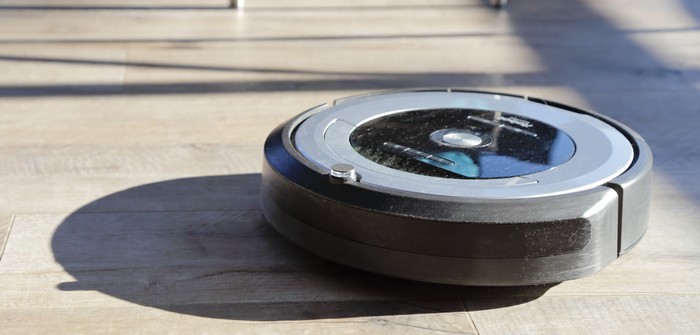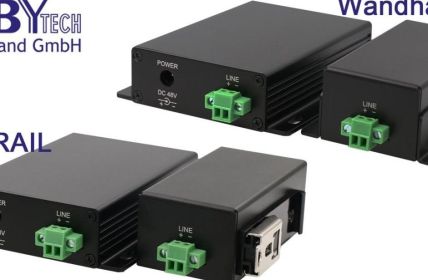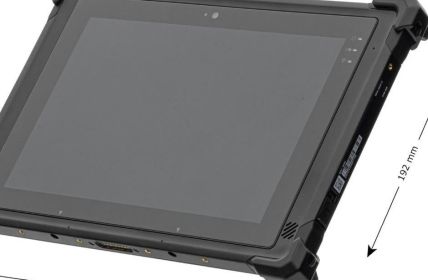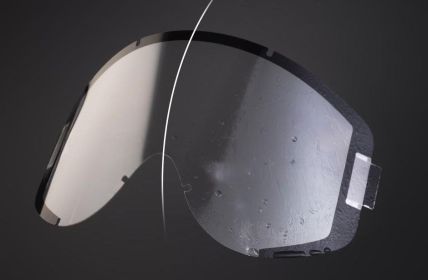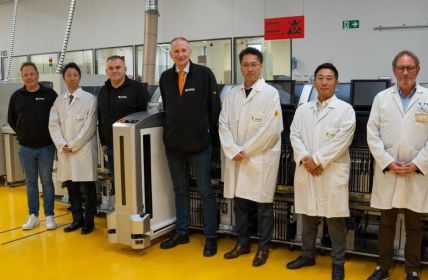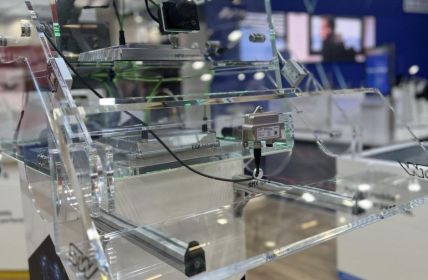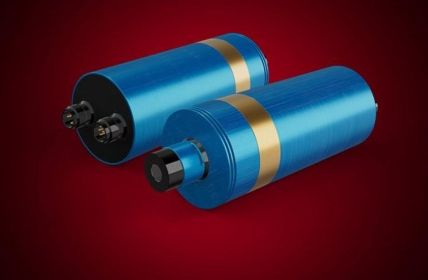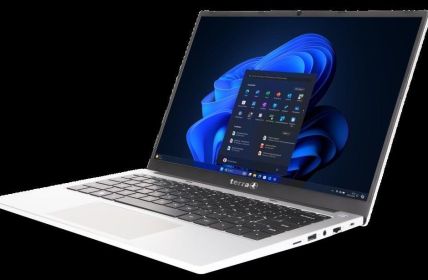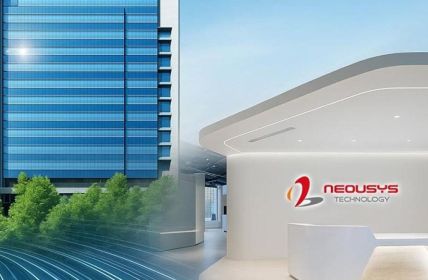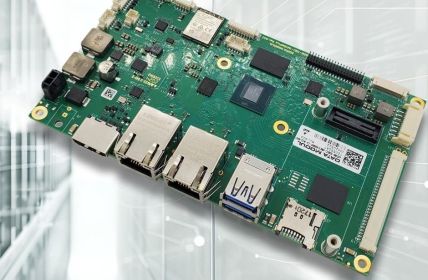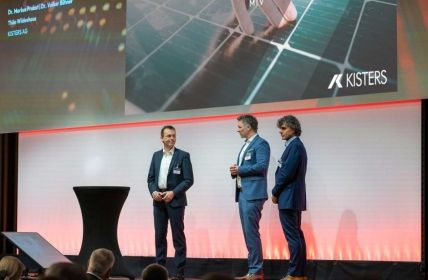Ubtech Robotics presents Adibot-A, the mobile version of its stationary predecessor model Adibot. The disinfection robot is able to kill almost all germs by emitting ultraviolet light (UVC). This makes it particularly suitable for use in sensitive areas such as classrooms and hospitals.
Table of Contents: What awaits you in this article
Massive germ load in the USA
Even before the current epidemic situation, the U.S. had a massive infection problem in its institutions. Estimates suggest that at least 99,000 Americans die each year from germ infections in medical and therapeutic institutions. Part of the reason for this is the inadequate disinfection of these environments.
Increased need for cleaning in sensitive infrastructure
With the advent of the current pandemic, the already massive need for cleaning developed explosively. In addition to nursing and healing homes, non-therapeutic locations now require increased disinfection services. Classrooms in particular require new forms of treatment. After all, the previous approach of cleaning with agents containing high levels of chemicals is suspected of causing long-term damage to young people. The problem, however, is that not only is there a lack of the necessary human resources. The associated costs are also usually too high for many clients.
Ubtech: Robotics as an answer to staff shortages and cost explosion
Ubtech now wants to jump into this gap in demand. The robotics company is already developing a variety of automated services. In addition to robotics platforms for therapy programs, walking assistants and self-propelled wheelchairs, it also offers disinfection robots. Last year, the stationary version of the Adibot was launched; this year, Adibot-A, its mobile variant.
The cost of the autonomous version is very low compared to human labor. The maintenance costs for the robot are estimated at $15 per month. The goal is to relieve humans of time-consuming work and thus free up capacity for other tasks.
Adibot-A: Cleaning rooms with 3D
To accomplish its tasks, Adibot-A was equipped with a number of sensors. Among other things, Lidar modules were attached to the top and bottom of the device. Lidar is an acronym that stands for light detection and maneuvering. These functions can scan a room using laser beams that do not strain the eyes to detect the distance between sensors and objects in the room. From this, artificial intelligence works with depth sensors to create a 3D image of the environment to be cleaned. Human operators are left with the choice of leaving the subsequent fully automated process to their own devices. Or they can use a smartphone app to tailor the process to their needs.


